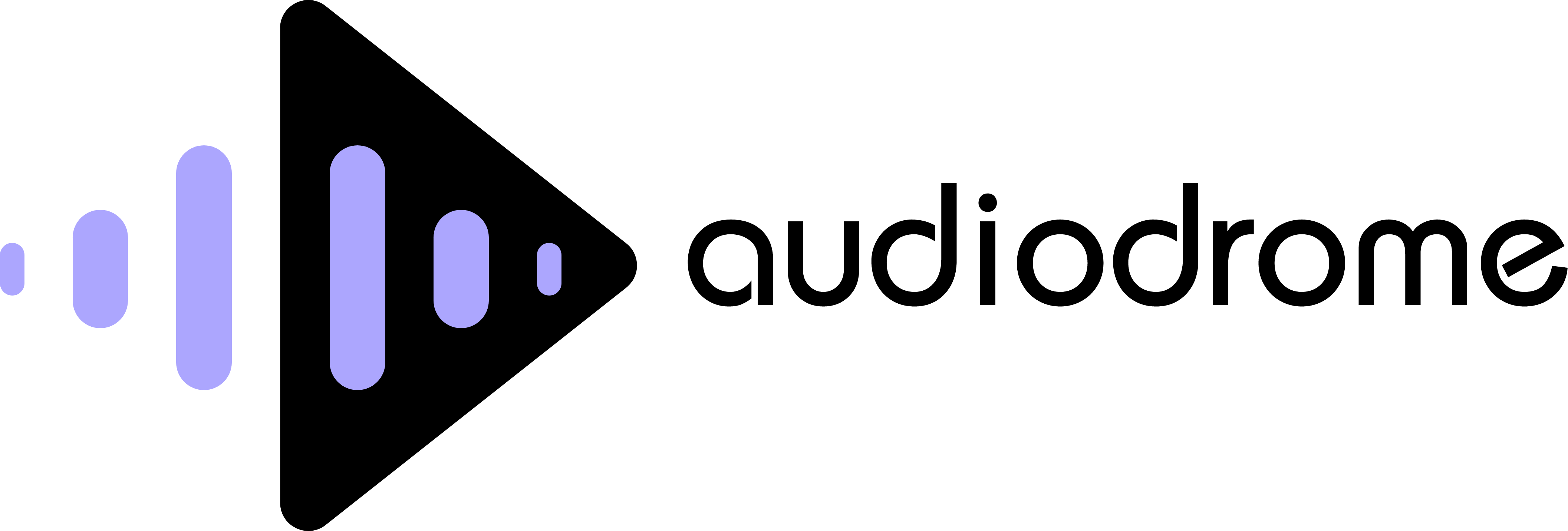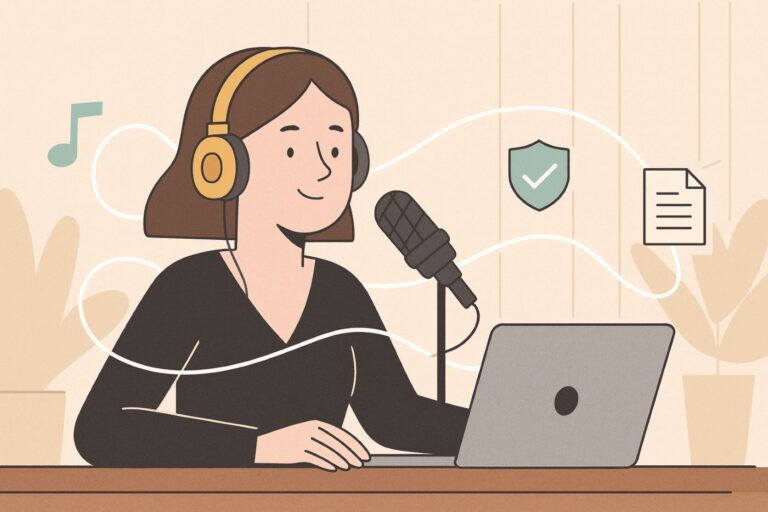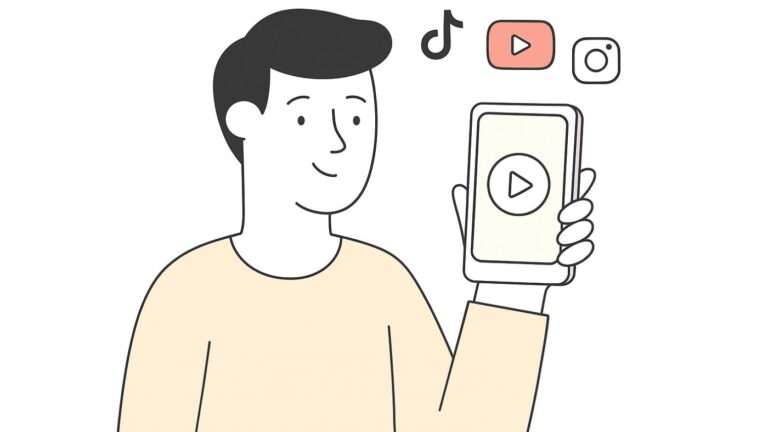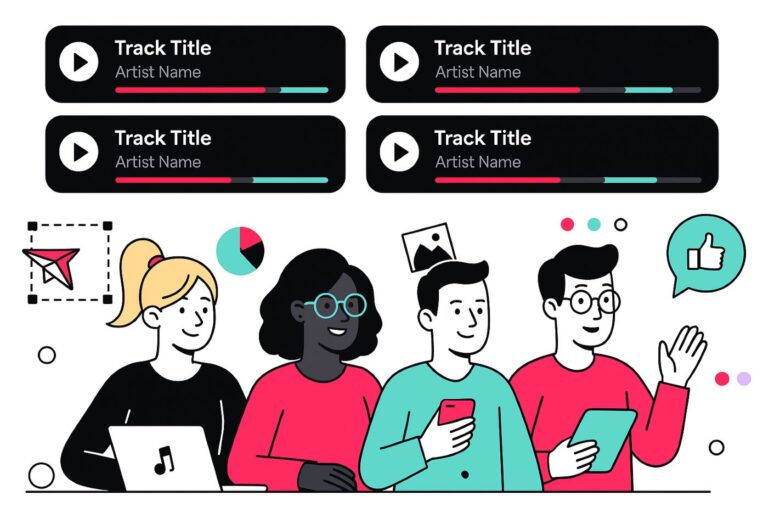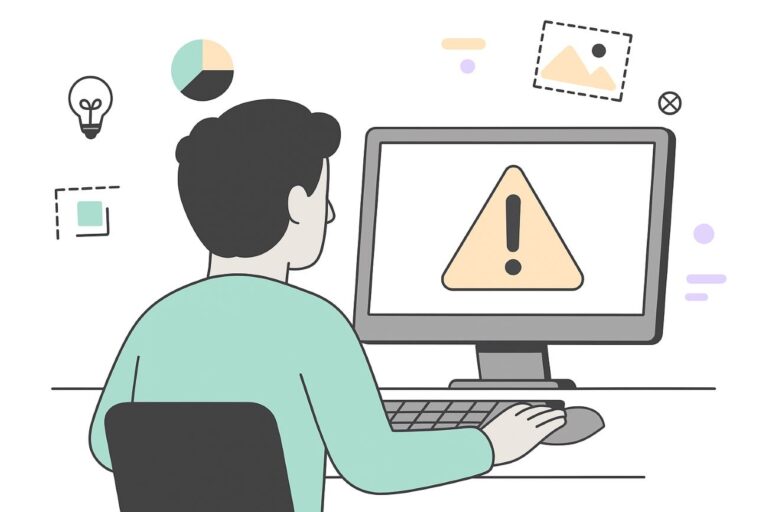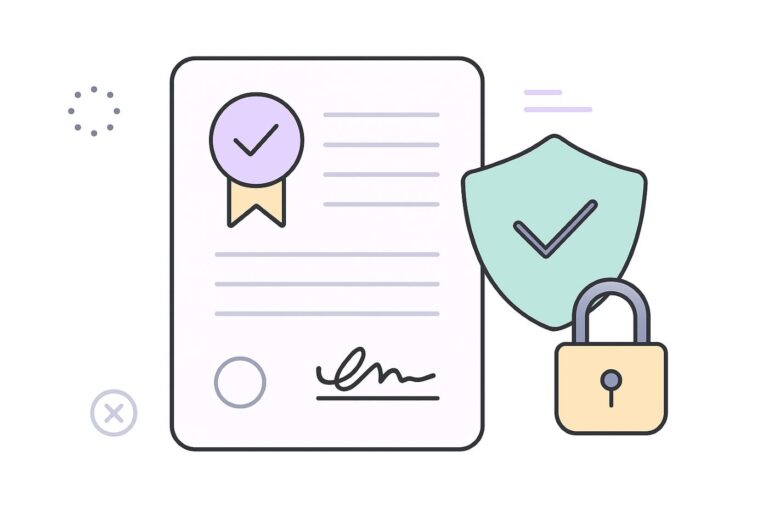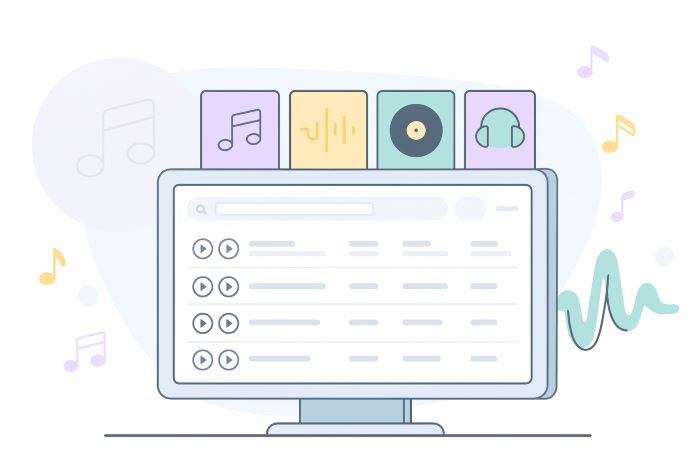YouTube Music Licensing by Use Case
Audiodrome is a royalty-free music platform designed specifically for content creators who need affordable, high-quality background music for videos, podcasts, social media, and commercial projects. Unlike subscription-only services, Audiodrome offers both free tracks and simple one-time licensing with full commercial rights, including DMCA-safe use on YouTube, Instagram, and TikTok. All music is original, professionally produced, and PRO-free, ensuring zero copyright claims. It’s ideal for YouTubers, freelancers, marketers, and anyone looking for budget-friendly audio that’s safe to monetize.
If music choices keep slowing you down, this is your shortcut. See what YouTube’s options cover, when to choose RF, and how to credit CC correctly. Build a simple workflow, store proof, and clear claims quickly. Stay creative while your rights stay rock solid.
Creators (monetizing your own channel)
Creators publish videos on their own channels and control monetization. This group includes educators, reviewers, vloggers, streamers, journalists, and nonprofits. They need clear music rights that let them upload, monetize, and resolve Content ID fast.
With Creator Music licensing, you pay a one-time fee for an eligible song and keep ad revenue when your use matches the license. Pick the track in YouTube Studio, buy the license, save the receipt, and upload with monetization on.
With Creator Music revenue sharing, you pay nothing up front and split ad revenue when the song qualifies. Choose a share-eligible track in YouTube Studio, review the terms for your country and formats, then watch earnings in Analytics.

YouTube Audio Library offers many free tracks and sound effects. Some items need attribution under Creative Commons BY. Read the license text in Studio, copy any required credit exactly, and confirm that monetization stays enabled after upload.

Third-party royalty-free libraries or direct sync from a rightsholder can also work. The license must allow YouTube uploads with monetization. Keep the license file or invoice, match the track title and fingerprint to your edit, and answer any Content ID claims with your proof.
Brands (commercial videos on a brand channel)
Use music that grants commercial rights on YouTube and explains Content ID and monetization. Pick licenses that spell out upload rights, ad revenue, and the steps to clear claims.
Direct sync and master from the rightsholder is the cleanest path when the contract names YouTube and grants monetization for brand use. Keep the signed license or invoice so you can answer or dispute claims fast if the system flags your audio.
Royalty-free can work when the license explicitly allows commercial use on YouTube and explains Content ID. Favor terms that mention monetization on YouTube and include a documented claim-clearing process.
Your practical options are a third-party royalty-free library with commercial rights for YouTube or commissioning a composer with those rights in writing. Put usage, territory, term, and claim resolution into the agreement so your brand controls outcomes.

YouTube Audio Library and Creator Music do not fit brand commercials. Audio Library focuses on creator uploads and general monetization, while Creator Music has restrictions that exclude paid brand promotion videos.

Audio Library has no clear statement that authorizes brand commercial use. Its guidance covers creator monetization, not advertising, so do not rely on it for branded campaigns without direct written permission.
Agencies (client work, delivering videos to clients)
Agencies include production companies, creative studios, marketing teams, and indie filmmakers who deliver videos for paying clients. You handle briefs, music selection, licensing, delivery formats, and the paperwork that lets a client publish on their own channel without claims or takedowns.
Define the outcome on YouTube before you cut. If the client will earn ad revenue on educational or editorial uploads, treat it as monetization. If the video promotes a product, service, app, or paid partnership, treat it as commercial use with stricter license needs.
For monetized client uploads, YouTube Audio Library and Creator Music keep workflows simple and predictable. Choose tracks that match the upload type and territory, save license or transaction info, and give the client clear notes to answer Content ID questions fast in YouTube Studio.

For commercial use, license from a royalty-free library that grants commercial rights on YouTube or commission a composer with those rights in the contract. Name the client on the license or ensure transfer, and include upload, monetization, and claim clearance terms.

Affiliates (review channels, sponsored content, affiliate links)
Affiliate marketing counts as commercial use because you promote products and earn commissions. Treat your videos as brand content and use music that grants commercial rights on YouTube. Avoid gray areas that can trigger Content ID or demonetization for endorsements, discount codes, tracked links, and storefronts.

YouTube Audio Library and Creator Music do not give clear permission for affiliate promotions or paid endorsements. Use them only for non-commercial creator uploads. Do not rely on them for videos that drive sales, include sponsorship disclosures, or add affiliate storefronts and pinned product links.
Choose a royalty-free license that states commercial use on YouTube and explains Content ID handling, or hire a composer to deliver custom music with those rights in the contract. Name your channel as the licensee. Include upload and monetization rights in clear language.

Download and save every document that proves your rights, including the license PDF, receipt, contract, and any claim-clearing notes. Keep track of titles, ISRC or fingerprint data, transaction IDs, and contact emails. This lets you answer claims fast and show proof during sponsorship audits.
Personal/non-commercial (regular users)
Personal or non-commercial use covers everyday uploads that do not promote a product or earn revenue. Think family clips, school projects, hobby vlogs, and community posts. Keep sponsorships, affiliate links, and paid placements out, and leave monetization off for the channel and the video.
If the music is copyrighted, you still need permission for most uses on YouTube. Manual or Content ID claims can block playback, mute audio, or divert ad revenue to the rights holder. That applies even when you do not plan to profit.
.jpg)
Safer options include YouTube Audio Library and reputable royalty-free catalogs with clear YouTube rights. Credit Creative Commons BY tracks exactly as written and save the license or receipt. Keep claim clearing instructions handy so you can respond fast if YouTube flags your video.
Filmmakers
Filmmakers license sync rights for full distribution on and off YouTube, including festivals, OTT platforms, and VOD stores. Plan music early, clear every cue for the picture, trailer, and online marketing, and match territories and terms to your release plan and distributor needs.
Secure direct sync and master rights from the rightsholder that names your feature or short, your trailer, and official uploads on YouTube. Specify media, territories, term, cutdowns, and promotional uses so the package covers festivals, sales screeners, digital release, and social teasers.

Creator Music and YouTube Audio Library target creator uploads and channel monetization, not film sync. They lack rights for deliverables that distributors require, including festival runs, theatrical, OTT ingestion, and multi-platform marketing assets.
Royalty-free catalogs can work when they grant explicit worldwide sync and master rights for film and online marketing. Commissioned scores give the cleanest path because the contract assigns those rights and delivers cue sheets, stems, and composer waivers that pass platform QC.

Expect Content ID and manual checks during publicity and release. Keep license PDFs, invoices, composer agreements, cue sheets, track IDs, and claim clearing instructions. Respond quickly in YouTube Studio so trailers and clips stay live and deadlines for festivals or platforms stay on track.
Educators / NGOs / Nonprofits
These uploads often sit between personal and brand work. A classroom channel, university department, charity campaign, or fundraising stream may look educational, but goals and calls to action create brand context that changes how you must license music.
Educational uploads become commercial when the channel or video earns revenue or represents an institution. If you run ads, collect donations, recruit members, or promote programs, treat the music as commercial use. Choose licenses that name your organization and cover YouTube uploads and monetization.
Free music from YouTube Audio Library can fit some cases, but read each track’s license and follow attribution exactly when required. Watch for non-commercial clauses in Creative Commons or external catalogs. Those terms block organizational use, fundraising messages, and any upload that earns revenue.

YouTube says you still need permission even for educational videos. Build a simple workflow that gathers license PDFs, credit lines, and claim clearing instructions. Assign a contact to respond in YouTube Studio and log where each track appears across courses, livestreams, and campaign videos.
Streamers / Live Content Creators
Define the purpose of your stream first. If it promotes a brand, includes paid partnerships, coupon pushes, or affiliate sales, treat it as commercial use. For gameplay, tutorials, or community chats with no brand promotion, classify it as non-commercial monetization.

For monetized streams without commercial intent, use YouTube Audio Library for background tracks and stingers. Pick tracks that allow monetization on creator channels, copy any required attribution exactly, and confirm in Studio that monetization stays on after the live ends and in the archived VOD.
Creator Music supports long-form uploads on YouTube but not live streams or Shorts. Do not choose it for pre-show loops, midroll beds, alerts, or VODs cut from your streams, since those uses fall outside the program’s scope.

If your streams count as commercial use, license royalty-free music that explicitly allows live streaming and commercial publishing on YouTube. Choose plans that mention live, VOD archives, clips, and highlights. Keep license PDFs and transaction IDs ready so you can clear Content ID flags quickly.
Clients / End-Brands (receiving agency deliverables)
Clients or end brands receive finished videos from agencies or creators and publish them on official channels. They control uploads, metadata, and monetization. They also handle music rights, claim responses, and policy compliance across YouTube, websites, ads, and social cutdowns.
Make the license follow the client. License the track in the client’s name or add written transfer rights in the agency agreement. This lets the client upload, monetize, run ads, and archive edits without extra approvals, and it helps platforms verify the rights holder.
.jpg)
Store every document that proves rights. Keep the license PDF, transaction ID, invoice, cue sheet, and claim clearing instructions in a shared folder. Channel managers and legal teams can then answer Content ID matches fast and show proof during audits, sponsorship reviews, and takedown disputes.
YouTube expects documentation when you dispute a claim or request revenue release. Provide the license agreement, proof of purchase, and track identifiers. Reviewers can confirm ownership, remove blocks, and route earnings to your channel once they approve the dispute.
Podcasters
Podcasters publish full episodes, video editions, and short highlights that often include sponsors and affiliate links. Treat these uploads as commercial use and choose music that grants commercial rights on YouTube and explains how monetization, sponsorship reads, and claim handling work across episodes and promotional clips.
Favor royalty-free licenses that name your channel or network and permit pre-roll themes, mid-roll beds, and sponsor read underscores. Make sure the terms also cover intro stingers, outro music, chapter markers, and archived VODs on YouTube so your back catalog stays clear during growth.

If you record live, confirm that your license allows livestreams, replays, and VOD archives. Avoid Creator Music for live sessions and Shorts because the program targets long-form uploads, and verify that your license covers highlight cuts, YouTube Clips, and reposts across podcast channels and playlists.
Keep license PDFs, invoices, and transaction IDs in a shared folder, along with any Content ID instructions from the licensor. Tag each episode with the track title and identifier so you can answer claims quickly on clips that trend later, release revenue, and keep your publishing schedule on track.
Course creators and LMS platforms
Podcasters publish full episodes, video editions, and short highlights that often include sponsors and affiliate links. Treat these uploads as commercial use and choose music that grants commercial rights on YouTube with clear rules for monetization, sponsor reads, and claim handling across episodes and promo clips.
Favor royalty-free licenses that name your channel or network and allow pre-roll themes, mid-roll beds, and sponsor read underscores. Make sure the terms also cover intro stingers, outro music, chapter markers, and archived VODs so your back catalog stays clear as the show grows.

If you record live, confirm that your license allows livestreams, replays, and VOD archives. Avoid Creator Music for live sessions and Shorts because it targets long-form uploads, and verify coverage for highlight cuts, YouTube Clips, and reposts across podcast channels and playlists.
Keep license PDFs, invoices, and transaction IDs in a shared folder, along with any Content ID instructions. Tag each episode with the track title and identifier so you can answer claims quickly on clips that trend later and keep your release schedule on track.
Fitness and wellness instructors
Workout channels blend coaching with shoppable gear, studio promotions, and memberships that drive paid signups. Treat every routine, challenge, and live class preview as commercial use. Pick music that grants commercial rights on YouTube for brand mentions, affiliate codes, and sponsor reads in overlays and descriptions.

Choose licenses that allow livestream classes, recorded sessions, and highlight reels. Include rights for VOD archives, countdowns, warm-up loops, and post-class recaps. Add territory, term, and multi-channel uploads so franchises, guest instructors, and satellite studios can publish without conflicts.
Confirm coverage for interval timers, seamless loops, and low-volume beds that run for long durations. Save license PDFs, receipts, track IDs, and claim clearing notes in a shared folder. Tag each workout description with the track title so you can resolve claims on older routines that resurface.
If you’re not promoting brands and simply publishing workout videos while monetizing with ads, treat them as creator uploads. For pre-recorded long-form videos, YouTube Audio Library and Creator Music are suitable: pick eligible tracks, follow any attribution instructions, and keep receipts to clear Content ID.
Events and conferences
Talks, keynotes, sponsor reels, and expo highlights promote the event brand and its partners, so treat the uploads as commercial use. Plan music for main sessions, breakout rooms, and expo screens. Choose licenses that allow paid promotion, sponsor shoutouts, and packaged replays on the event channel.
License music that covers stage walk-ons, countdown clocks, intermission loops, and recap videos on YouTube. Add rights for on-site recordings, lower thirds, and post-event highlight reels. Make sure the agreement matches your territories, dates, and distribution plan across owned sites and partner channels.
Name the organizer on the license or secure transfer if an agency signs first. Confirm that highlights, session clips, sponsor reels, and multi-day livestream archives are included. Keep license PDFs and transaction IDs ready so you can clear claims during the campaign.
SaaS and product marketers
Demo videos, feature launches, tutorials, and customer stories drive trials and paid plans. Treat every asset as commercial use and pick music that works on product pages, help center embeds, conference keynotes, sales decks, and partner reposts. This lets teams reuse edits without new rights checks.
Use royalty-free or commissioned tracks that allow commercial publishing on YouTube and paid ads. Confirm rights for pre-roll and mid-roll placements, landing page embeds, retailer co-marketing, and A/B test variants. Then, growth, performance, and brand teams can work from the same cleared cues.

Put territories, term, sublicensing, and claim clearing steps into the agreement. Name your company as a licensee and include multiple channels and regions. Keep license PDFs, transaction IDs, and track identifiers so support and paid media teams can answer Content ID matches fast during launches.
Real estate and local businesses
Listings, tours, and service promos sell property and services, so treat every video as commercial use. Pick music that supports open house recaps, neighborhood guides, contractor before and afters, and seasonal campaigns. This lets you run ads and reuse edits without new rights checks.

License music that allows commercial use on YouTube and covers advertising, website embeds, and social reposts. Add rights for paid placements, vertical cuts for Shorts and Reels, and third-party syndication on portals. Then brokerages, agencies, and vendors can share the same cleared track across channels.
If multiple agents or locations publish, choose a plan that permits multiple channels and users. Save license PDFs, receipts, and track IDs in a shared drive tied to each property or client. Train staff to include proof in descriptions so teams can resolve Content ID claims fast.
Game developers and indie studios
Devlogs, trailers, and update notes sell a product. Treat every video as commercial use and secure music that covers YouTube uploads, Steam teasers, Kickstarter clips, and publisher pitches so your team can reuse the same cleared cues across patches, DLC drops, and platform showcases.
Use licenses that allow commercial YouTube publishing and storefront embeds on Steam, Epic, and console hubs. Confirm rights for vertical cuts, playable ad previews, influencer reposts, and press kits so reviewers can mirror your trailer without new claims during coverage windows.
For trailers, get direct sync and master rights from the rightsholder or commission a cue you fully control for marketing. Spell out territories, terms, versions, and cutdowns, and include festival, event reel, and platform takeover uses so launch edits stay consistent and legal.
Save stems, mixes, ISRC or library IDs, cue sheets, invoices, and license PDFs in a shared folder tied to the build. When claims hit near launch, reference those identifiers in YouTube Studio to clear matches quickly and keep ads and feature placements running during peak attention.
Quick comparison table
Quick scan to compare roles and use cases, see allowed sources and monetization, know what proof to keep, avoid pitfalls, and spot the key takeaway fast.
| Platform / Use Case | Allowed Sources | Monetization Notes | Proof / Registration | Pitfalls |
|---|---|---|---|---|
| Creators | YouTube Audio Library, Creator Music, RF with YouTube rights | Keep monetization on only if the license permits | Save license and transaction ID; attach in disputes | Attribution missed on CC BY; mismatched territories |
| Brands | Direct sync and master, RF that permits commercial YouTube | Paid brand uploads need clear commercial rights | Signed contract or license PDF; allowlisting if offered | Assuming Audio Library or Creator Music will cover ads |
| Agencies | RF with client transfer, direct sync, commissioned music | Deliver rights for client uploads and ads | License naming the client or explicit transfer terms | Licensing to the agency only with no transfer |
| Clients / End-Brands | Licenses in client name, RF with commercial coverage | Control monetization and claim responses | Keep license PDF, invoice, IDs, cue sheet | Missing paperwork during disputes |
| Affiliates and review channels | RF with commercial rights, commissioned themes | Affiliate links and sponsors count as commercial | Store license, receipt, and claim instructions | Using in-app music for paid endorsements |
| Personal / non-commercial | YouTube Audio Library, RF that allows non-commercial | No ads or paid placements on the upload | Copy CC BY credits exactly; keep links | Assuming non-commercial means free use of hits |
| Filmmakers | Direct sync and master, RF with film and trailer rights | Covers trailers on YouTube and wider release | Contracts, cue sheets, stems, license PDFs | Creator tools that do not include film sync |
| Educators / NGOs / Nonprofits | Audio Library where allowed, RF with org coverage | Donations or ads make it commercial | Keep license, attribution text, claim notes | Non-commercial clauses that block fundraising |
| Streamers / live creators | RF that allows live and VOD archives | No Creator Music for live or Shorts | License PDFs and IDs ready for flags | Playing Spotify or retail music on stream |
| Podcasters | RF with podcast rights, commissioned themes | Sponsorship reads allowed only if licensed | Save license, invoice, track identifiers | Short clip myths and chart music use |
| Course creators / LMS | RF that permits LMS, downloads, and paywalls | Paid programs count as commercial | Log track use per lesson and course | Terms that forbid redistribution |
| Fitness and wellness | RF that allows classes, loops, highlights | Memberships and promos count as commercial | Keep receipts, IDs, and claim steps | Long beds without loop rights |
| Events and conferences | RF or direct sync for walk-ons and recaps | Sponsor reels and replays need coverage | Organizer named on license; IDs stored | Agency-only licenses with no transfer |
| SaaS and product marketers | RF or commissioned cues for web and ads | Allow paid ads and partner reposts | Central license vault for teams | Geo or term gaps during launches |
| Real estate and local business | RF with commercial rights and social reposts | Covers ads, portals, and vertical cuts | Shared drive per property or client | Agents posting without proof of rights |
| Game developers and indie studios | RF with storefront and trailer rights | Cover platform pages and press kits | Keep stems, IDs, and license PDFs | Trailers without direct sync coverage |
Before You Hit Publish
Run a quick rights check. Does the license name the right party, cover YouTube and ads, and include claim instructions? Save the PDF and the transaction ID. If a claim lands, answer with proof. Tight rights hygiene turns risky uploads into routine publishing.

Audiodrome was created by professionals with deep roots in video marketing, product launches, and music production. After years of dealing with confusing licenses, inconsistent music quality, and copyright issues, we set out to build a platform that creators could actually trust.
Every piece of content we publish is based on real-world experience, industry insights, and a commitment to helping creators make smart, confident decisions about music licensing.

